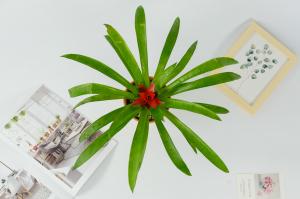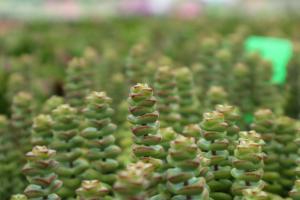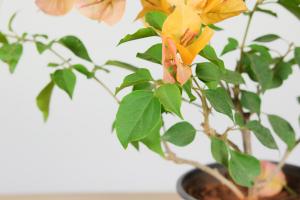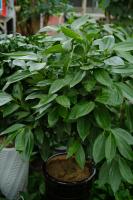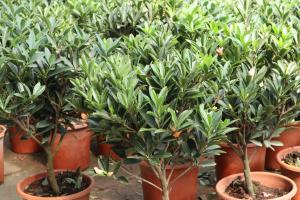My Columbine Plant is Dying: What Could be the Cause?
Columbine is a beautiful plant that can add color and elegance to any garden. However, when your columbine plant starts to die, it can be quite concerning. There could be several reasons why your plant is not thriving, and in this article, we will explore some of the possible causes and how to remedy them.
Possible Causes of a Dying Columbine Plant
1. Pests and Diseases: One of the main reasons why your columbine plant may be dying is due to pests and diseases. Common pests that can affect columbine plants are aphids, spider mites, and leaf miners. These pests cause damage to the leaves and stems of the plant, which can lead to a decline in growth and eventual death. Diseases like powdery mildew and leaf spot can also cause damage to the plant's leaves and stems, leading to its death.
2. Overwatering or Underwatering: Another common cause of a dying columbine plant is improper watering. If the plant is overwatered or underwatered, it can lead to root rot or dehydration, which can cause the plant to wilt and eventually die. It is important to water columbine plants regularly, but not excessively.
3. Environmental conditions: Columbine plants thrive in cool, moist environments. If the environment is too hot or dry, it can cause stress to the plant, leading to stunted growth and eventually death. Additionally, if the plant is exposed to too much direct sunlight or strong winds, it can also cause damage to the plant.
How to Save a Dying Columbine Plant
1. Identify the Problem: The first step to saving a dying columbine plant is to identify the problem. Look for signs of pests, diseases, or environmental stress to determine the cause of the decline in the plant's health. Once you have identified the problem, you can take the appropriate measures to remedy it.
2. Proper Watering: If the problem is due to improper watering, adjust your watering practices accordingly. Make sure to water the plant regularly, but not excessively. If the soil feels dry to the touch, it is time to water. If the soil feels soggy or wet, it may be overwatered.
3. Pest and Disease Control: If the problem is due to pests or diseases, use appropriate methods to control them. This may involve using insecticides or fungicides. It is important to follow the instructions on the product label and use caution when applying chemicals to the plant.
4. Environmental Conditions: If the problem is due to environmental conditions, try to adjust the plant's environment. This may involve moving the plant to a cooler, moister area or providing shade or protection from strong winds.
Conclusion
It can be disheartening to see your columbine plant dying, but there are steps you can take to save it. By identifying the problem and taking the appropriate measures, you can help your plant to thrive once again. Remember to practice proper watering, pest and disease control, and ensure that the plant's environment is suitable for its growth. With a little care and attention, your columbine plant can continue to add beauty and color to your garden for years to come.

 how many times do yo...
how many times do yo... how many planted tre...
how many planted tre... how many pine trees ...
how many pine trees ... how many pecan trees...
how many pecan trees... how many plants comp...
how many plants comp... how many plants can ...
how many plants can ... how many plants and ...
how many plants and ... how many pepper plan...
how many pepper plan...
